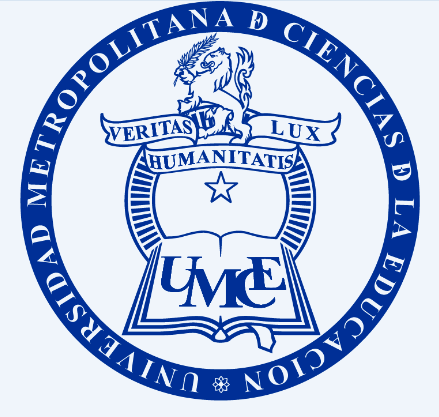Main Article Content
Sep 25, 2023
Abstract
The mathematical background implied in the resolution o f numerical problems can be classified in the three following categories: arithmetics, algebraic and higher concepts. The process o f the resolution o f a problem itself is analyzed as an educational tool; the cognitive components o f the resolution process are established, so we can define operationally the type o f numerical problem that can be useful, to stimulate a systematic development of the student's reasoning capacity. We propose to asssociate a Symbol to each type of knowledge that is actually used in the
resolution o f an arithmetic problem; after that a diagram can be made, representing the symbolic structure of the whole resolution. Finally, by means of the main and secondary operations needed to the resolution of the problem, we propose that it is possible to assign precisely a degree of complexity and a level of difficulty , to the different resaoning problems.


